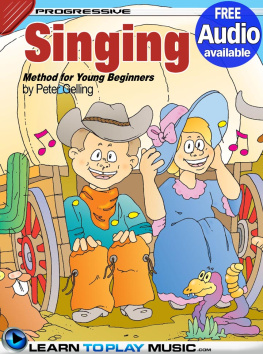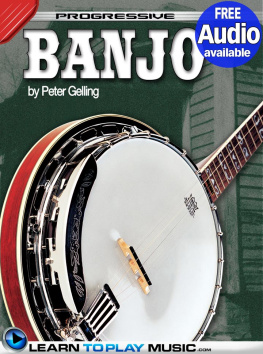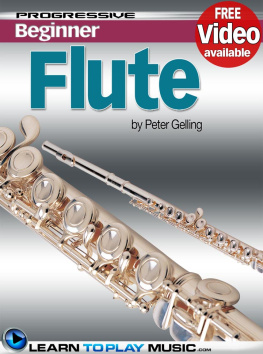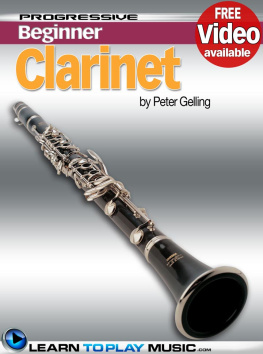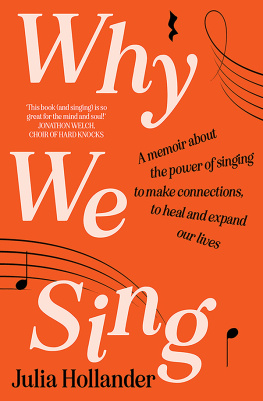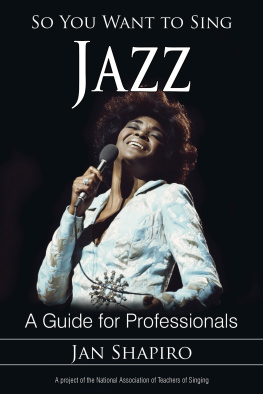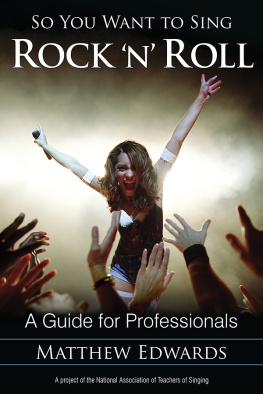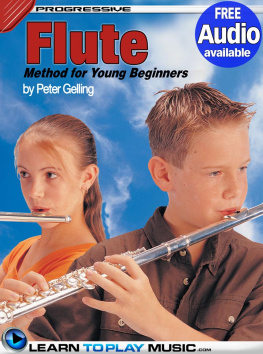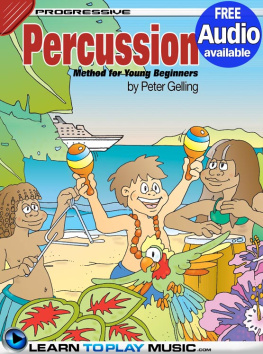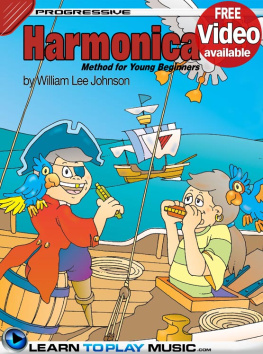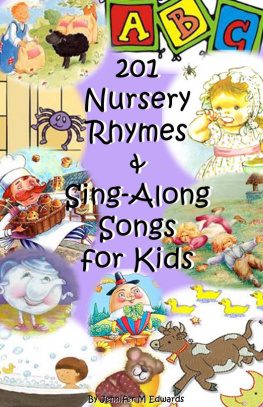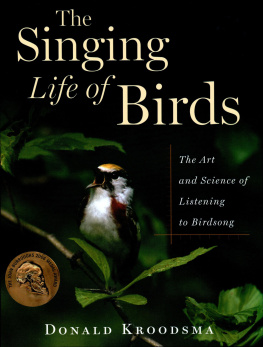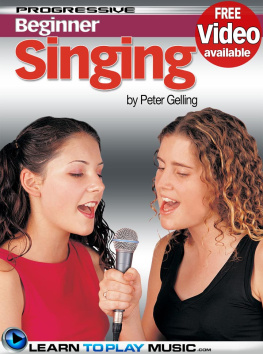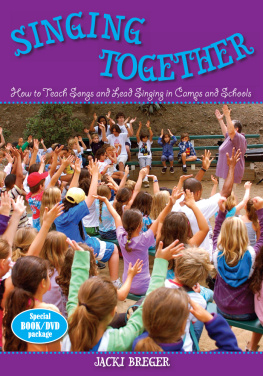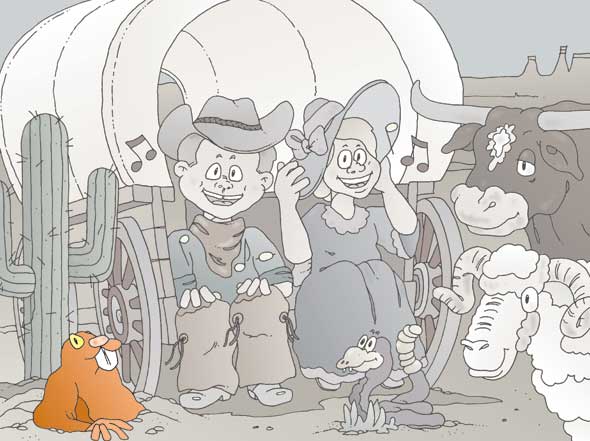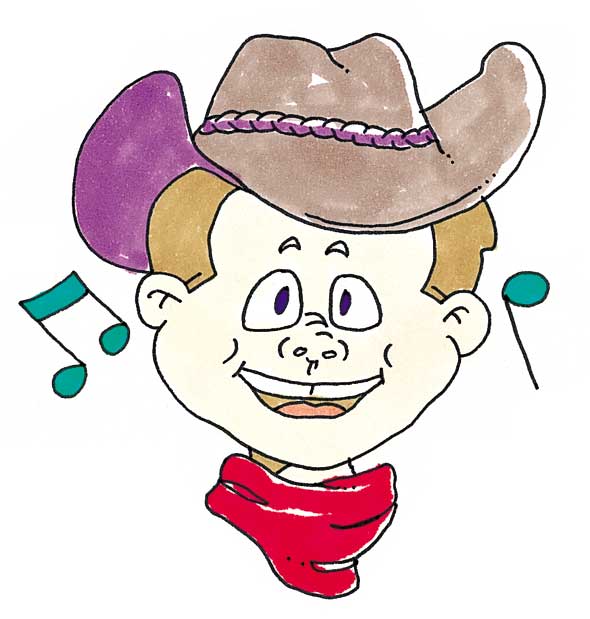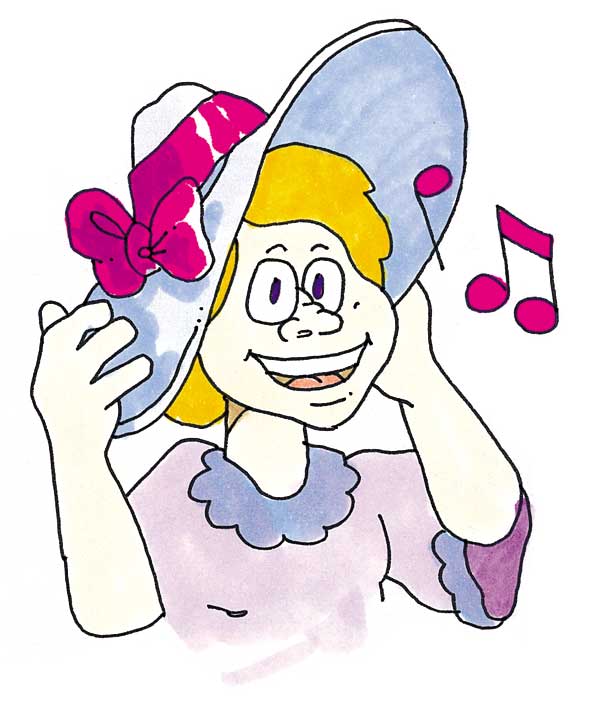Peter Gelling - Singing Lessons for Kids: Songs for Kids to Sing
Here you can read online Peter Gelling - Singing Lessons for Kids: Songs for Kids to Sing full text of the book (entire story) in english for free. Download pdf and epub, get meaning, cover and reviews about this ebook. year: 2014, publisher: LearnToPlayMusic.com, genre: Children. Description of the work, (preface) as well as reviews are available. Best literature library LitArk.com created for fans of good reading and offers a wide selection of genres:
Romance novel
Science fiction
Adventure
Detective
Science
History
Home and family
Prose
Art
Politics
Computer
Non-fiction
Religion
Business
Children
Humor
Choose a favorite category and find really read worthwhile books. Enjoy immersion in the world of imagination, feel the emotions of the characters or learn something new for yourself, make an fascinating discovery.
- Book:Singing Lessons for Kids: Songs for Kids to Sing
- Author:
- Publisher:LearnToPlayMusic.com
- Genre:
- Year:2014
- Rating:5 / 5
- Favourites:Add to favourites
- Your mark:
Singing Lessons for Kids: Songs for Kids to Sing: summary, description and annotation
We offer to read an annotation, description, summary or preface (depends on what the author of the book "Singing Lessons for Kids: Songs for Kids to Sing" wrote himself). If you haven't found the necessary information about the book — write in the comments, we will try to find it.
Teach your child songs for kids to sing with our easy singing lessons for kids.
- Comes with online access to free audio demonstrating all examples. Hear how each one is sung by a teacher, then sing along with the backing band.
Excellent Product. This helped with a singing class I have begun teaching. It is an excellent product for teaching young singers the art of singing! - W. Baker [Amazon]
Progressive Singing Method for Young Beginners contains all you need to know to start teaching kids to sing - in one easy-to-follow, lesson-by-lesson childrens singing tutorial. Suitable for children aged 4 to 8. No prior knowledge of how to read music or how to sing is required to teach a child to learn to sing from this book.
Teach your child:
How to sing a repertoire of well known childrens songs, along with the use of sol-fa syllables to help the student identify pitches within the key
How to read and sing note pitches and note rhythms while also referring to the keyboard to check the correct pitch
All the fundamental techniques of singing including correct posture and breathing
Basic music theory for kids including rhythm, time signatures and first and second endings
Singing tips for kids that every child should know when learning singing
Shortcuts for how to learn singing fast by getting the most from singing practice sessions
Contains everything you need to know about how to teach a child to sing today.
Features include:
Progressive step-by-step easy singing lessons written by a professional childrens singing teacher
Beautifully illustrated in full color throughout
Easy-to-read singing music for kids
Keyboard note chart chart for all important notes
35 great sounding childrens songs including popular kindergarten songs
Kids singing lessons have never been this easy for parents and teachers who want to teach children to learn how to sing, fast.
LearnToPlayMusic.coms singing lessons for kids are used by childrens singing teachers worldwide to teach songs for kids to sing. For over 30 years, our team of professional authors, composers and musicians have crafted music lesson books that are a cut above the rest. We offer a large selection of music lessons for kids that cover many different instruments in print, eBook and app formats. Awarded the Quality Excellence Design (QED) seal of approval for eBook innovation, LearnToPlayMusic.com continues to set the standard for quality childrens music education resources.
Peter Gelling: author's other books
Who wrote Singing Lessons for Kids: Songs for Kids to Sing? Find out the surname, the name of the author of the book and a list of all author's works by series.

